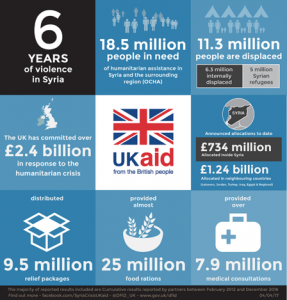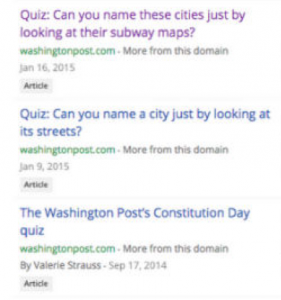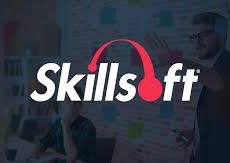
Articles
3 Easy Microlearning Techniques to Grab Your Learner’s Attention
By Tim Coffey
August 03, 2017
Type “microlearning” into your favorite word processing application. If you haven’t added it to your dictionary as I have, it’ll be flagged as a misspelled word. Suffice to say, microlearning is a pretty new concept. 
Microlearning is just as it sounds – very short, and specific bursts of content – usually video – and usually controlled by the learner. I imagine microlearning to be the greatest benefit to an acrophobic guy high atop his roof needing a tutorial on installing roofing shingles. “Please give me only what I need to know in as little time as humanly possible so I can get down. I’m scared.”
Structuring content into short bursts has huge advantages. First of all, learners don’t get bored. They don’t have time to. So the retention per second rate is likely to be really high.
It’s also ultra-portable. At only a minute or two in length, even high-quality video content won’t bust the bandwidth bank, and can be easily accessed on a mobile device.
It’s also a lot easier for a learner, who also happens to work full-time, to fit microlearning into a busy work day. Check out this article by Sayantani Banerjee that illustrates microlearning’s advantages in a retail setting.
On the development side, microlearning is a really satisfying for developers. It’s far easier to manage updates to many tiny pieces of content than it is to hunt and peck for elements from one large course that needs updating
So now that we’ve established that rather than 24 minutes of content, we’re talking about more like 2 to 4 minutes, let’s look at three really easy techniques to deploy microlearning to your learners.
Technique #1 – Video
When our rooftop friend decided to do the work himself without hiring a contractor, he probably thought it would be super easy. Once he learned otherwise, all he had was his phone and two sets of white knuckles. He probably went to YouTube. It’s quick, and he knew he could probably learn what to do by watching someone go through the steps.
Video is more powerful than the best-written set of instructions could ever be. Short videos are also really easy for a learner to scan through. I’m a huge fan of those really short cooking videos. You know the ones where it’s just a set of arms doing all the prep with written instructions. “I don’t need to know the origin and history of the cassoulet – it’s 6:45 and my family is hungry. Show me the steps.”
Technique #2 – Infographics
 Without a cumbersome page-turning presentation, and lengthy monotonous narrator, infographics allow us to see data represented in a super-engaging and interesting way that often incorporates humor, color, and the opportunity to consume it in 3 minutes or 3 seconds.
Without a cumbersome page-turning presentation, and lengthy monotonous narrator, infographics allow us to see data represented in a super-engaging and interesting way that often incorporates humor, color, and the opportunity to consume it in 3 minutes or 3 seconds.
Infographics fit very neatly into the microlearning category and work great as stand alone learning assets. They do require a good degree of fortitude in the area of visual design, so if you really want your infographic to have maximum impact, be sure to at least consult with, if not commission, an adept designer when planning your project.
Technique #3 – Quizzes
 Discover what Cosmopolitan magazine has known for decades – People love to answer questions and tally up results to gain insight about themselves. Short quizzes are super interactive, and with the promise of some result, the creator is able to gather really helpful information from learners while tapping into something called the “self-serving bias” – our innate desire to receive flattering information about ourselves.
Discover what Cosmopolitan magazine has known for decades – People love to answer questions and tally up results to gain insight about themselves. Short quizzes are super interactive, and with the promise of some result, the creator is able to gather really helpful information from learners while tapping into something called the “self-serving bias” – our innate desire to receive flattering information about ourselves.
Quizzes have the power to create a sense of urgency that purveyors of all sorts of products and services are always hoping to generate. And for the person taking the quiz, if it happens to be really fun and/or insightful, the quiz is likely to be shared on social media.









2 Comments